Anna Pakosz is an artist known for her paintings portraying female figures with a characterful aesthetic, and she brings them closer to the viewer through multi-sensory events. Her partner, Dañila Kostil works as a director on international music videos and commercials, and in his spare time he often experiments with photography. Occasionally, their work intertwines: they consult with each other on professional issues, or as Anna puts it, “we use each other’s eyes”, and they’ve also held a joint exhibition together. While their home—designed by the architects of AU Workshop—is more a reflection of Dañila’s taste, the studio is Anna’s true realm.
This article was published in print in Hype&Hyper 2022/1.
Photos: Balázs Mohai
HOW THEY MET
Anna: The first time we met was for a drink in Barcelona, six years ago. Afterwards, we kept in touch and chatted online for almost a year because we lived in different countries at the time—Dañila was in Barcelona and I was in London. We had our first real date in 2020, when we went to a Beethoven concert at Müpa Budapest. A friend of mine’s mum gave me her concert tickets as she couldn’t make it, and she told me to invite someone I liked.
Dañila: That “someone” was busy, and that’s when I came into the picture… (both laugh)

HOW THEY CREATE
Dañila: I’ve been making short films since I was about twenty. I started with short films and music videos, and then I started getting commissioned to work on commercials. We formed a collective with my friends, which grew into an international team of ad directors, and this then led to us forming a film production team. When I’m not on location, then you can usually find me in our company office or working from home. Throughout my work in film, instinctively, I’ve been taking photos for years, and a few years ago, during a creative block, I brought out my photos and started to discover the patterns in them. This was how my Pattern Recognition project was born, and I’ve been working on it ever since.
Anna: Currently, I spend most of my time painting. It requires a lot of space and freedom, so I like to work in the studio as I don’t have to be too careful of my environment there. I’ve painted at home as well, but I’ve tended to only do minor corrections—the big work is done in the studio. Anyhow, art is not just about creating, I have to be my own manager, which involves a lot of background work that is less visible.

THEIR INSPIRATION
Anna: Travelling is a very important part of my personal creative process. It’s not necessarily the places that influence me, but more so the discoveries, customs and situations I find myself in. Experiencing freedom is also inspiring—for me, freedom means, for example, being in a completely new environment, or not having plans for days, or simply knowing that I have two free hours to do as I please. It’s in these playful time frames that my inspiration comes alive. During our collaborations, the locations and lights are what motivates us the most.

Dañila: Photography is a part of my life that is not regulated by or connected to anything—and this is also true for our work together. When I photograph Anna, we don’t force it, it just all falls into place, without prior planning. It helps that we only work together when we both feel like it, and this also depends on the location and our mood.
PRAISE OR CRITICISM
Anna: When it comes to art, we see an extra pair of eyes in each other, another point of view. As we both create visually, we use each other’s eyes all the time, but we also ask for each other’s opinion when it comes to written texts or speeches. We read our work out loud to each other, correct each other, and give advice if we don’t feel the message is sincere enough, or there’s something missing from the concept or composition. I think art becomes what it is, when it’s received by someone, and we are always there for each other as first receivers. Accepting criticism depends on whether it touches upon a weak spot. If I’m not sure about something, then it’s a lot easier to accept criticism, however, if I don’t want to give up on a concept, then I’ll start defending it.
Dañila: In the film industry, in the setting that I’m used to, the crew is usually huge, so there’s a lot of people who have a say in the process, but as a director, ultimately, the final decision is mine. This means both freedom and responsibility at once. I agree with Anna that you can (and should) only take criticism if it’s somehow connected to your inner intuition.


(SHARED) DREAMS
Anna: I would love to move to the countryside. I’m not a planner, so I’m not sure when we’d actually move, but I doubt we’ll be living in an urban environment for much longer. In any case, this year I’d like to exhibit in Tel Aviv and spend some time there—it’s the city I moved back to Hungary from, two years ago. Dañila would like to go to America for a few months, so we’re constantly trying to coordinate our travel plans.
Dañila: I’ve had a big dream for a while now, to create a “Glass House” studio, like the one Georges Méliès, the first director of silent sci-fi movies had. It was from this that I imagined the idea of a rural complex where the space could be used for us to create in, for art events, meditation sessions, or even as a hospitality venue.
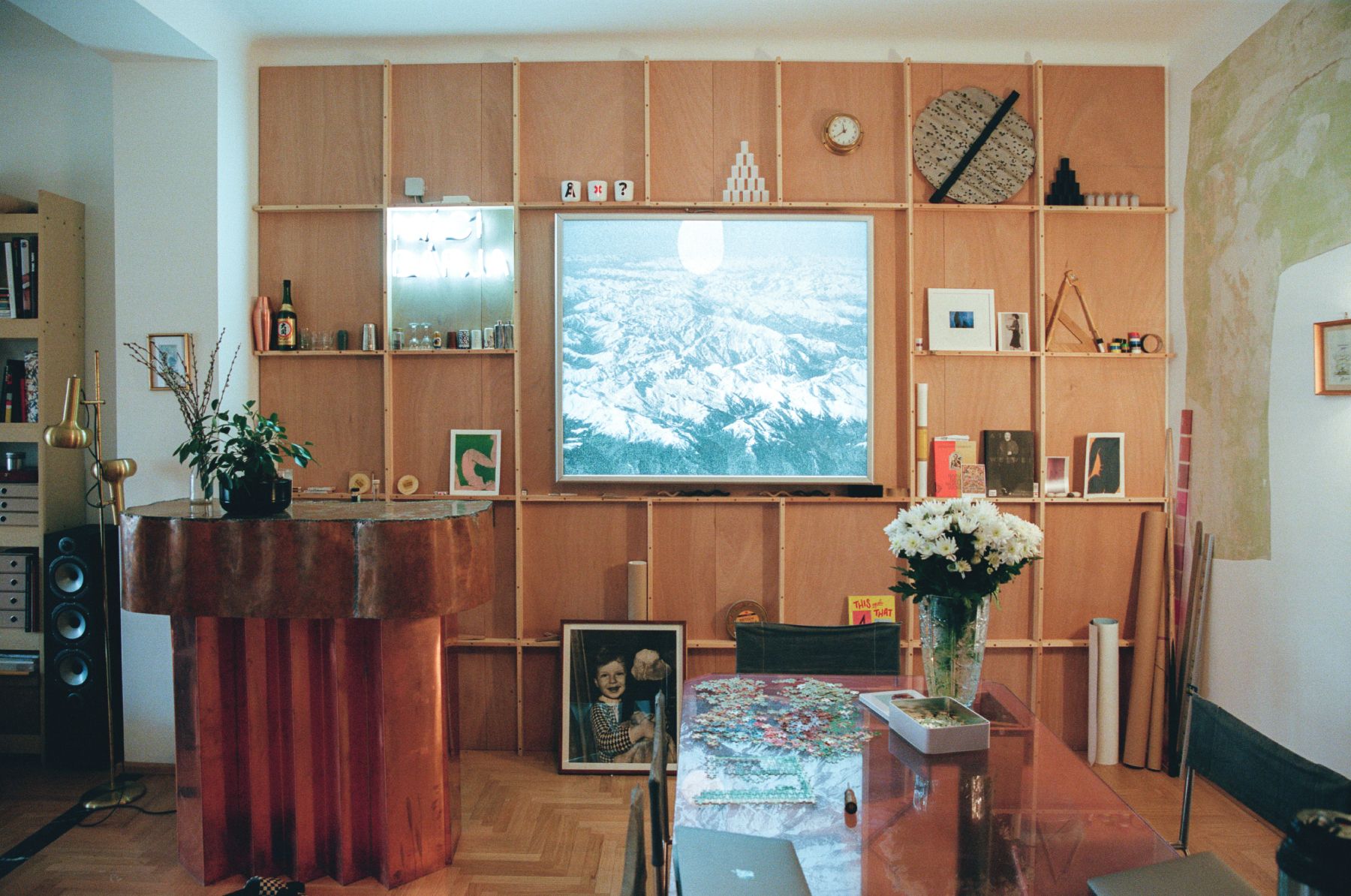
FAVOURITE STORY TOGETHER
Anna: The story of our first Christmas tree. We were going for a minimalistic style, but it looked like we had forgotten to put decorations on it. This followed with our attempts at decorating it every day, but the poor thing just kept looking worse and worse. Even our guests weren’t shy about sharing their opinions, they said “wow!” and “that’s something!” but then they tried to adjust the baubles, quickly gave up, and walked away. We’ve joked about it ever since, but this year we really outdid ourselves!
Dañila: I found myself trying to hide the tree from guests—more than once!
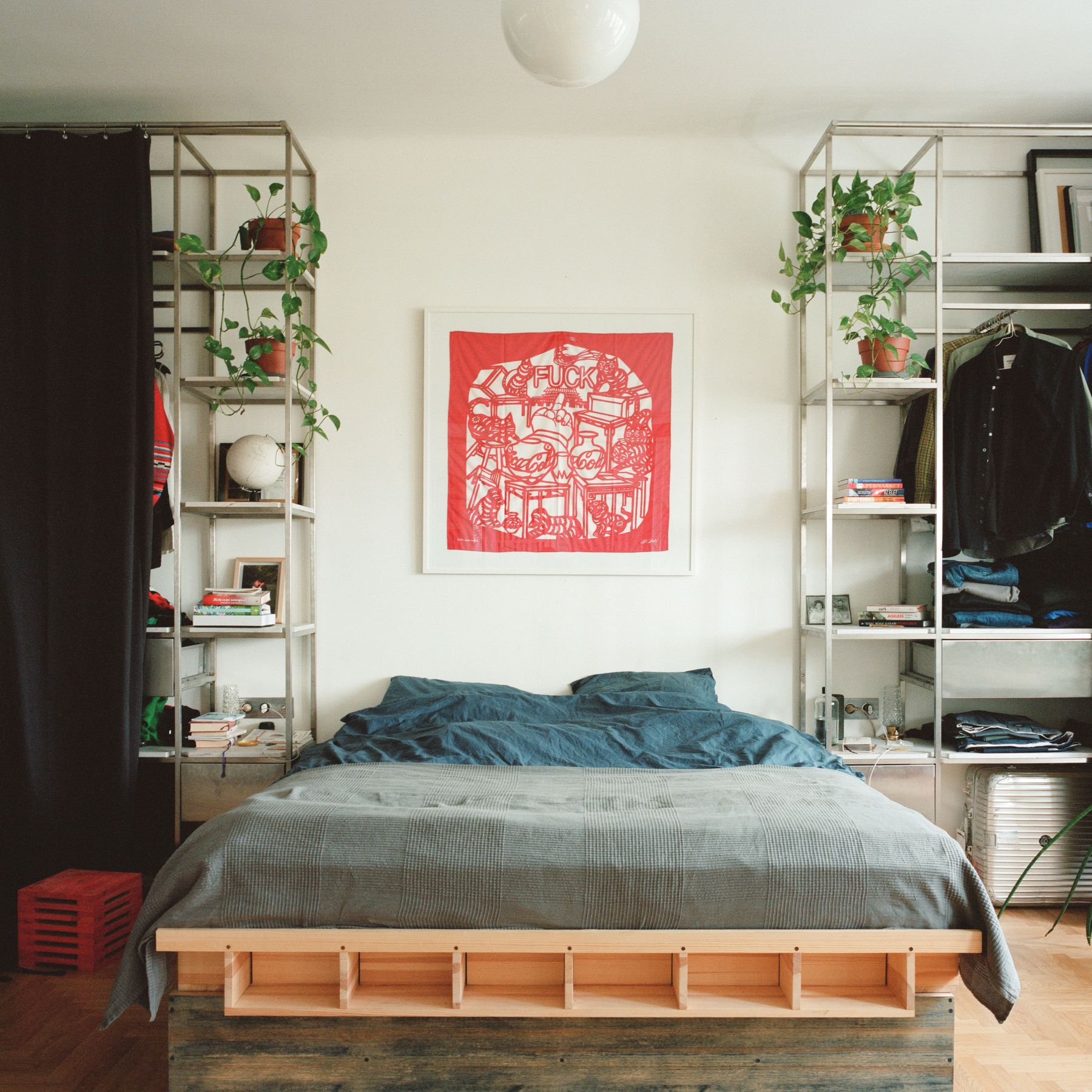
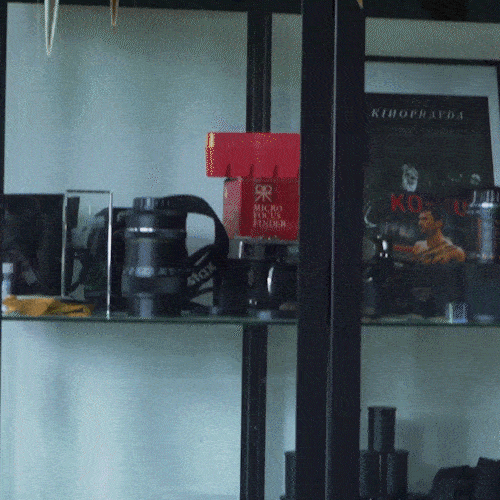
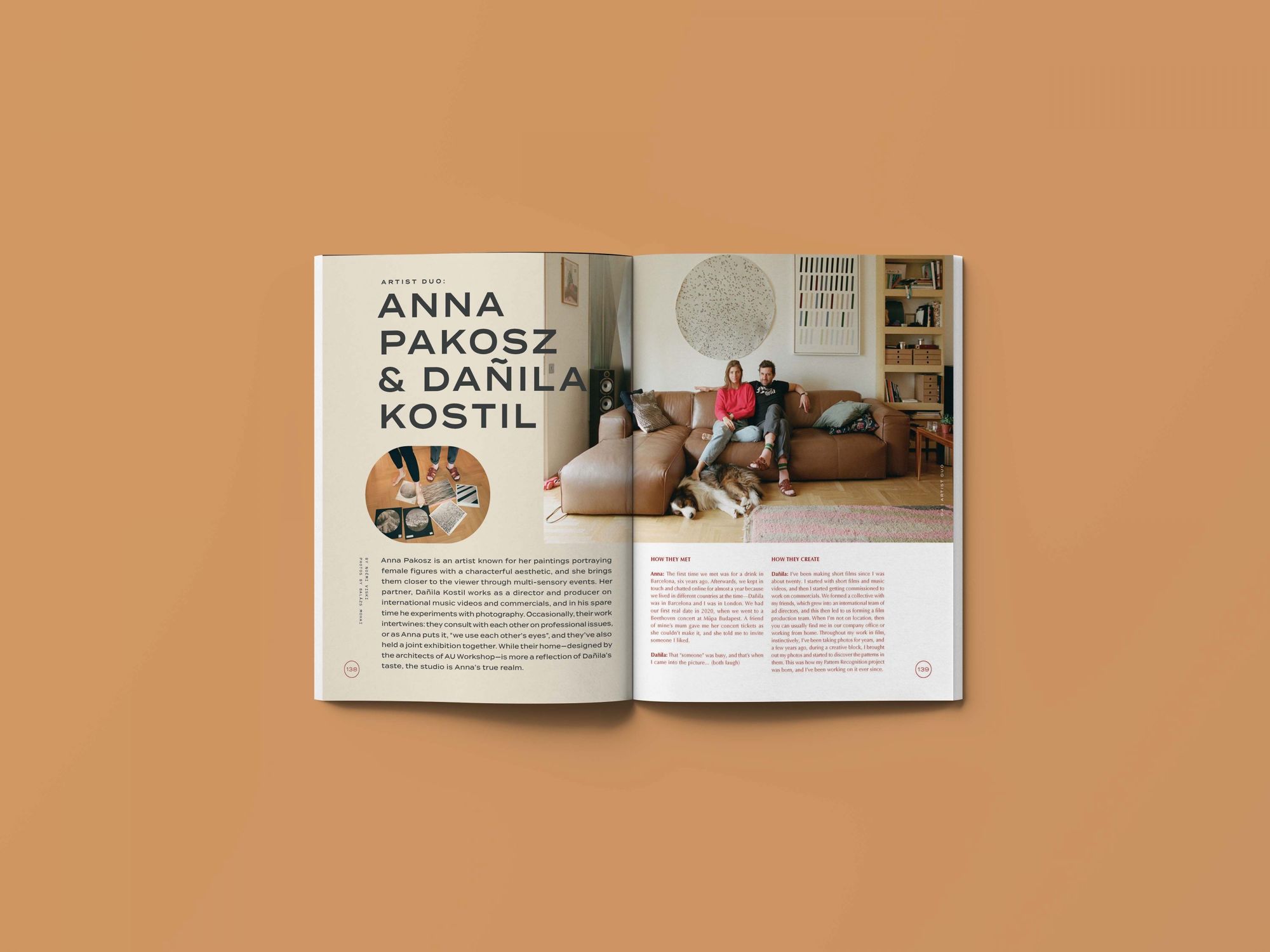
Prefer to read it in print? Order the third issue of Hype&Hyper magazine from our online Store!
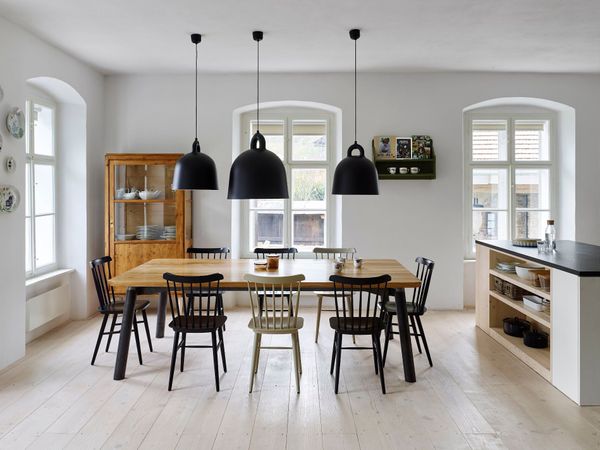
Rundown school building turned into an idyllic guest house in the Czech Republic
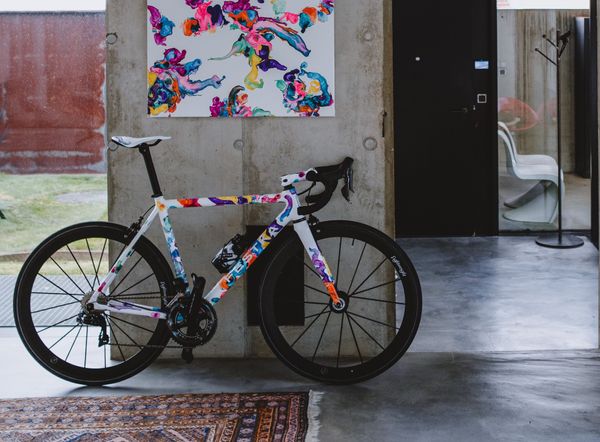
Cruise the city in style with this bike brand | Festka










